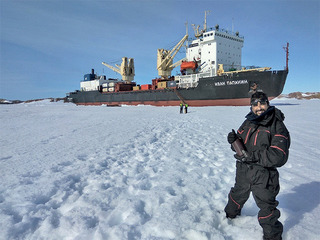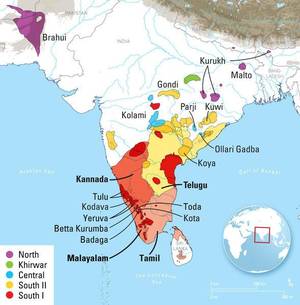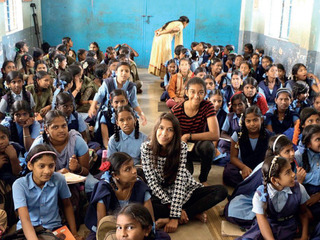A professor from Mangaluru has developed a first-of-its-kind mobile application for tuberculosis patients ahead of World Tuberculosis Day on Saturday (March 24).
An Android-based application ‘N-TB’ was developed by Dr Anurag Bhargava, professor of medicine, Yenepoya Deemed to be University, Mangaluru in collaboration with McGill International TB Centre, Canada, to calculate the body mass index (BMI) of patients with tuberculosis.
According to doctors, TB often results in significant weight loss, which can exacerbate under-nutrition. Under-nutrition in TB patients points toward a consistent risk factor. Such patients are also at a higher risk of side-effects of drugs, poor absorption of drugs, reduced ability to return to work, and recurrence of the disease.
The application will tell the users their BMI and will counsel them on an appropriate diet regime which includes daily caloric and protein intake based on their BMI.
“The application is currently intended to help healthcare providers to quickly assess the body mass index of patients with TB and how severely undernourished the patient is so that they can be guided accordingly,” said Dr Bhargava.
He added that the TB cards currently record the weight alone and not the height to assess the nutritional status of the person, whereas the new application assesses the height and weight to calculate the BMI of the person.
He said the new N-TB mobile application specifies the weight and height and raises a red alert if it is below the desired weight.
The application was launched on Thursday (March 22) and is yet to be rolled out. It can currently be downloaded from Playstore free of cost.
“Certain aspects for the application such as analysing nutrition component, counselling are to be improvised,” said Dr Bhargava.
The application, endorsed by Revised National Tuberculosis Control Programme (RNTCP) and World Health Organisation (WHO), was included in the new initiatives unveiled by Prime Minister Narendra Modi, during the Delhi End TB Summit on March 13, 2018.
“We are glad that such as application was developed, but we are yet to receive information on the use and implementation of the application,” said Dr Ramachandra Bairy, Joint director, TB, Department of Health and Family Welfare, Karnataka.
source: http://www.deccanherald.com / Deccan Herald / Home> States / DH News Service, Bengaluru- Mangaluru / March 24th, 2018





